| << Chapter < Page | Chapter >> Page > |
20.3.2
a) sphere
pyramid
cube
cylinder
triangular prism
cone
hexagonal prism
c) b) 8; 12; 6
c) 5; 8; 5
d) 6; 10; 6
e) 12; 18; 8
f) 6; 9; 5
d) a) right-angled or rectangular prism
b) cube
c) pyramid
d) pentagonal pyramid
e) hexagonal prism
20. THREE DIMENSIONAL OBJECTS
20.1 Did you know?
Two-dimensional objects have only two dimensions, namely length and breadth, that enable us to calculate perimeter and area.
Three-dimensional objects have three dimensions: length, breadth and height, which enable us to calculate volume.
20.2 Did you also know?

20.3 Let us look at a few dimensional objects:
20.3.1 Interesting to know!
Three-dimensional figures are also known as cubic figures. Some figures have four or more faces (see sketch above) and are called polyhedrons.
The word polyhedron is Greek, which means many edges. The first polyhedrons were discovered more than 2 000 years ago by a Greek Mathematician, Euclid.
20.3.2 Work with a friend
a) Match each form with the correct description:
 |
pyramid | |
 |
hexagonal prism | |
 |
sphere | |
 |
cone | |
 |
triangular prism | |
 |
cube | |
 |
cylinder |
b) Now use the above information and group the following items. Then report back to the class, providing reasons why you have grouped the forms in this way.

c) Complete the following table:
| Figure | Vertex | Edge | Face | |
| e.g.a) |
 |
8 | 12 | 6 |
| b) |
 |
__________ | __________ | __________ |
| c) |
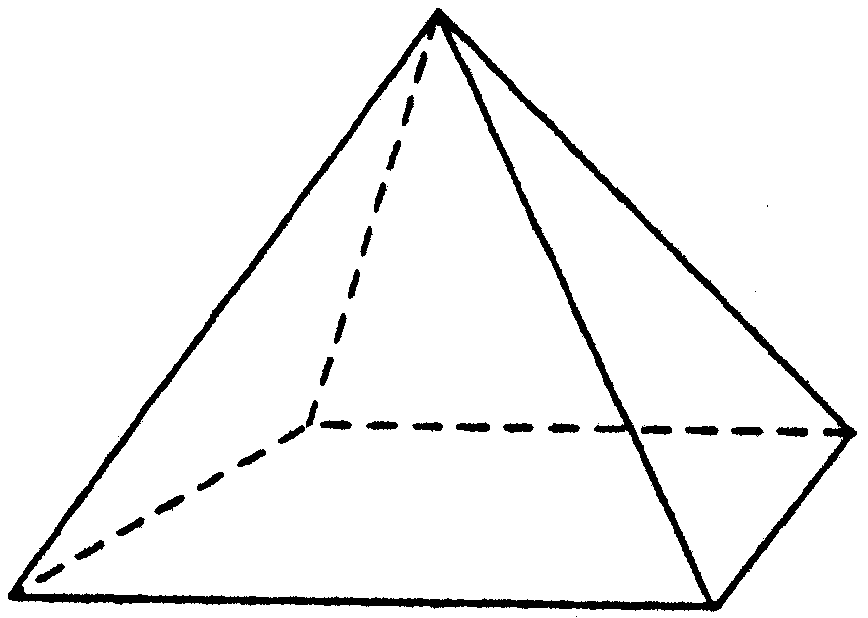 |
__________ | __________ | __________ |
| d) |
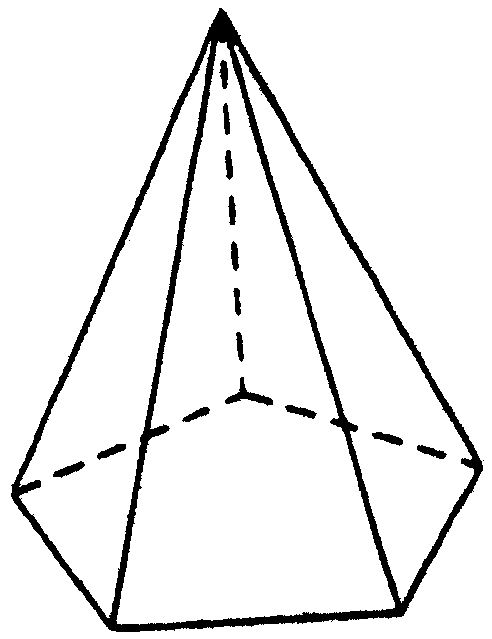 |
__________ | __________ | __________ |
| e) |
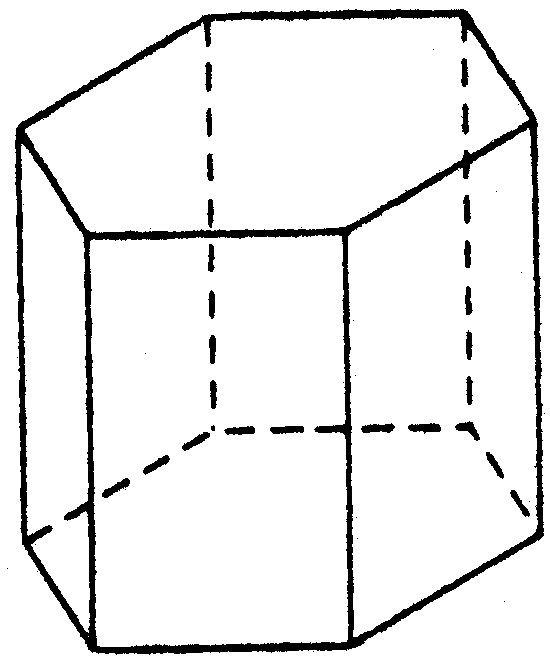 |
__________ | __________ | __________ |
| f) |
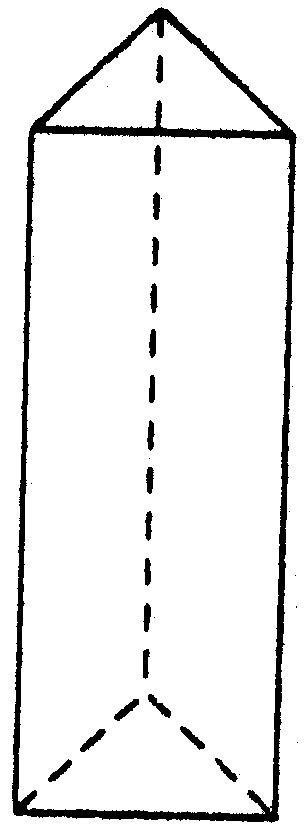 |
__________ | __________ | __________ |
d) Can you name all the figures above?
a) _______________________________________________________________
b) _______________________________________________________________
c) _______________________________________________________________
d) _______________________________________________________________
e) _______________________________________________________________
f) _______________________________________________________________
21. Let us take a closer look at three-dimensional objects.
21.1.1 Did you know?
A cube is a square shape. Thus all its edges are equally long.
21.1.2 Look at this cube.
Can you draw this cube from another angle?
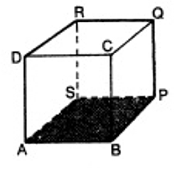
Learning Outcome 3: The learner will be able to describe and represent characteristics and relationships between two-dimensional shapes and three-dimensional objects in a variety of orientations and positions.
Assessment Standard 3.1: We know this when the learner recognises visualises and names geometric figures and solids in natural and cultural forms and geometric settings, including those previously dealt with;
Assessment Standard 3.2: We know this when the learner in contexts that include those that may be used to build awareness of social, cultural and environmental issues, describes and classifies geometric figures and solids in terms of properties.

Notification Switch
Would you like to follow the 'Mathematics grade 7' conversation and receive update notifications?